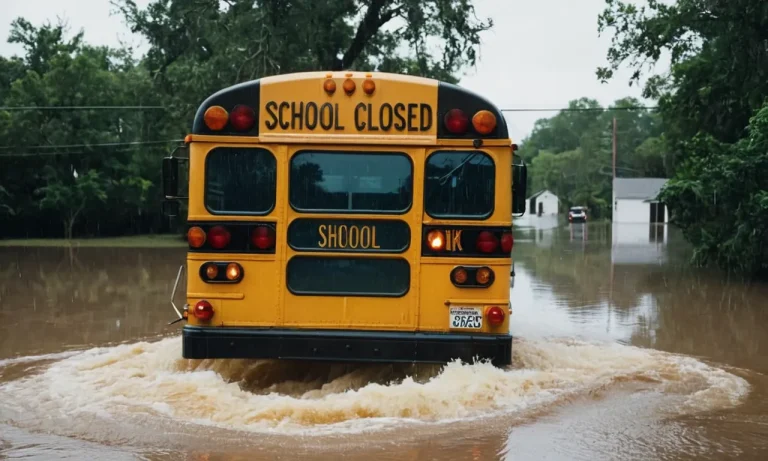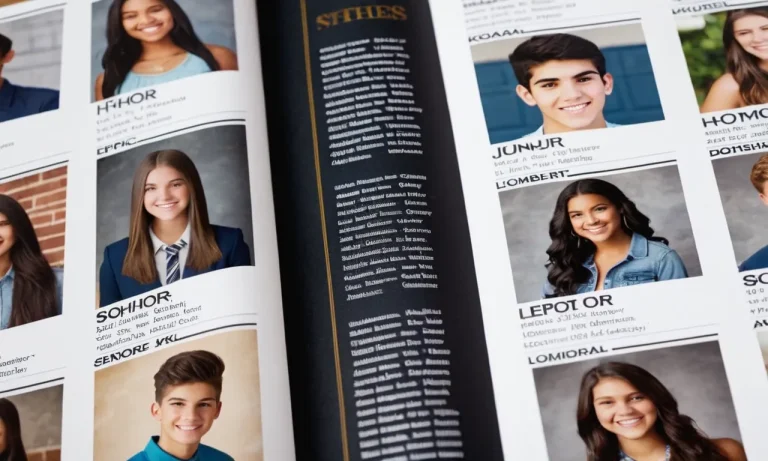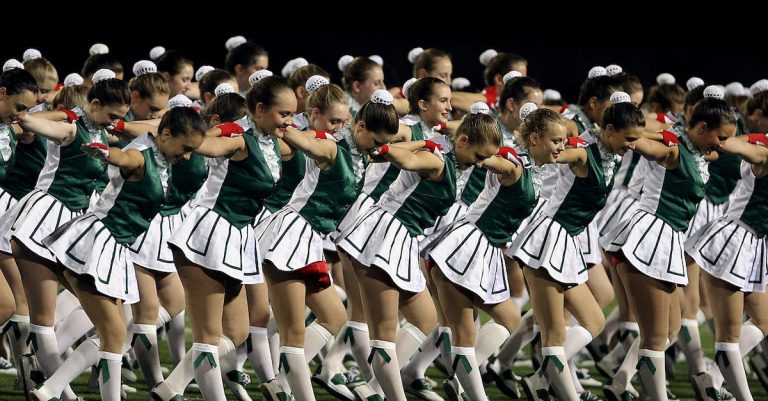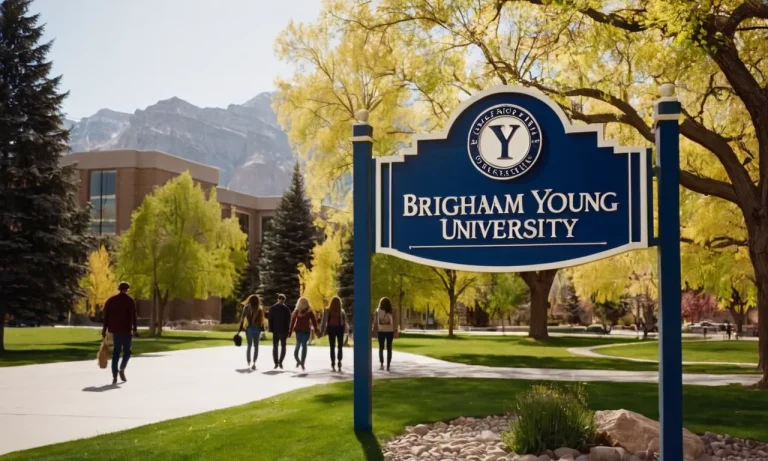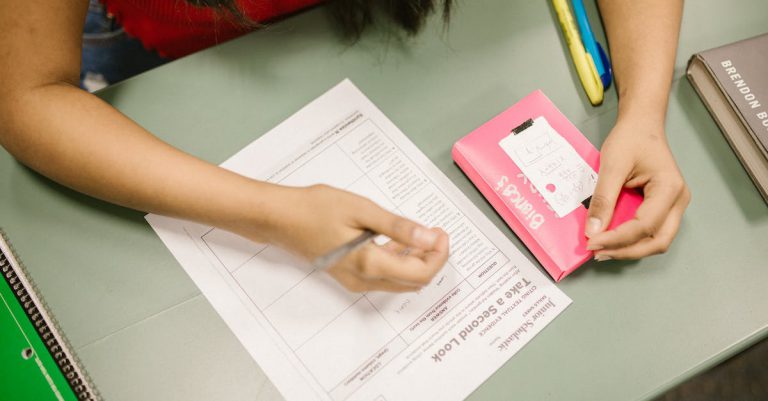The Pledge of Allegiance, a patriotic oath recited by millions of American students for decades, has been a subject of controversy and debate in recent years. As society evolves and perspectives shift, the practice of reciting the pledge in schools has faced scrutiny and challenges.
If you’re short on time, here’s a quick answer to your question: There is no nationwide ban on the Pledge of Allegiance in schools. However, several court rulings and state laws have made it optional or prohibited its mandatory recitation, allowing students and families to opt-out based on personal beliefs or preferences.
In this comprehensive article, we will delve into the history of the Pledge of Allegiance in schools, explore the legal battles surrounding its recitation, and examine the various perspectives and arguments on both sides of the debate.
We will also discuss the current state of the pledge in schools across different states and districts, providing a detailed overview of this complex and multifaceted issue.
The Origins and Evolution of the Pledge of Allegiance
The Creation of the Pledge
The Pledge of Allegiance, a patriotic oath that has become an integral part of American culture, was originally conceived in 1892 by Francis Bellamy, a Christian socialist minister and writer. Bellamy was commissioned by the popular youth magazine “The Youth’s Companion” to create a pledge that could be recited by students in public schools on the occasion of the 400th anniversary of Christopher Columbus’s arrival in the Americas.
According to the U.S. History website, the original version of the Pledge read: “I pledge allegiance to my Flag and the Republic for which it stands, one nation, indivisible, with liberty and justice for all.”
Revisions and Modifications Over Time
Over the years, the Pledge of Allegiance has undergone several revisions and modifications. In 1923, the words “the flag of the United States of America” were added to clarify the specific flag to which allegiance was being pledged.
Then, in 1954, during the height of the Cold War, President Dwight D. Eisenhower signed a bill adding the words “under God” after “one nation.” This change was a response to the perceived threat of communism and atheism, as reported by Britannica.
While the addition sparked controversy and legal challenges, the revised Pledge has remained unchanged since then.
The Pledge’s Role in American Schools
The Pledge of Allegiance has been a prominent part of the daily routine in many American public schools for decades. According to a Pew Research Center survey conducted in 2019, 53% of adults reported that their local public schools required students to recite the Pledge of Allegiance each day.
However, the practice has not been without controversy. In 1943, the Supreme Court ruled in West Virginia State Board of Education v. Barnette that students cannot be compelled to recite the Pledge against their will, as it would violate their First Amendment rights.
Despite this ruling, many schools continue to encourage or require students to participate in the recitation of the Pledge, with some states like Georgia recently passing laws to mandate its recitation.
The Pledge of Allegiance, with its rich history and ongoing debates, remains a significant symbol of patriotism and unity in American society. While its recitation in schools continues to be a contentious issue, the Pledge serves as a reminder of the nation’s core values and the importance of preserving freedom of expression and individual choice.
😊
Legal Battles and Court Rulings
Landmark Supreme Court Cases
The debate over the Pledge of Allegiance in schools has been a contentious issue for decades, with several landmark Supreme Court cases shaping the legal landscape. In 1943, the Supreme Court ruled in West Virginia State Board of Education v. Barnette that compelling students to recite the Pledge of Allegiance violated their First Amendment rights to freedom of speech and religion.
This decision overturned a previous ruling from 1940 and effectively made it unconstitutional to require students to recite the Pledge.
However, in the 2004 case of Elk Grove Unified School District v. Newdow, the Supreme Court sidestepped the issue of the Pledge’s constitutionality, ruling instead that the plaintiff, a non-custodial parent, lacked standing to challenge the school district’s policy.
This left the door open for future challenges to the Pledge’s recitation in schools.
State Laws and Regulations
In the absence of a definitive Supreme Court ruling, many states have implemented their own laws and regulations regarding the Pledge of Allegiance in schools. According to a report by the National Conference of State Legislatures, as of 2022, 45 states have laws requiring the Pledge to be recited in public schools, with varying exemption policies for students or parents who object.
Some states, such as Florida and Texas, have taken a more stringent approach, mandating that all students recite the Pledge unless they have a written excuse from their parents. Other states, like California and New York, have more lenient policies, allowing students to opt out without parental consent.
😊
The Debate Over Mandatory Recitation
The debate over mandatory recitation of the Pledge of Allegiance in schools continues to be a contentious issue, with arguments on both sides. Proponents argue that the Pledge instills patriotism and civic values in students, while opponents contend that it violates the principles of freedom of speech and religious liberty.
👍
According to a 2022 Gallup poll, 53% of Americans oppose removing the phrase “under God” from the Pledge, while 20% support its removal. However, the debate extends beyond this specific phrase, with some arguing that mandatory recitation itself is a form of compelled speech.
As the legal and cultural landscape continues to evolve, the Pledge of Allegiance in schools remains a topic of ongoing debate and discussion. While some see it as a unifying tradition, others view it as a violation of individual rights, setting the stage for future legal challenges and policy debates.
Perspectives and Arguments
Supporters of the Pledge in Schools
Many argue that reciting the Pledge of Allegiance in schools instills a sense of patriotism and national unity among students. Supporters view it as a way to honor the country’s values and history, fostering respect for the flag and the principles it represents.
According to a 2019 Gallup poll, 76% of Americans believe the pledge should continue to be recited in schools.
Proponents argue that the pledge promotes civic engagement and teaches students about their rights and responsibilities as citizens. They believe it encourages students to appreciate the sacrifices made to preserve freedom and democracy.
Some argue that removing the pledge could be seen as disrespectful to those who have served in the military or as a rejection of American values. Supporters often cite the voluntary nature of the pledge, allowing students to opt-out if they choose not to participate.
Critics and Opponents
Critics argue that mandatory recitation of the pledge in schools is a violation of personal freedom and religious beliefs. They contend that it infringes on the separation of church and state, as the phrase “under God” was added in 1954 during the Cold War era.
According to a 2022 PRRI survey, 23% of Americans favor eliminating the pledge from public schools.
Opponents argue that the pledge promotes blind nationalism and indoctrination, rather than critical thinking and understanding of democratic values. They believe that students should not be compelled to recite a pledge that may conflict with their personal beliefs or identities.
Some critics argue that the pledge is a remnant of a bygone era and should be phased out to reflect a more diverse and inclusive society. They question the relevance of the pledge in modern times, suggesting that it may be seen as a relic of the past.
The Role of Religion and Secularism
The inclusion of the phrase “under God” in the Pledge of Allegiance has been a contentious issue, with debates surrounding the separation of church and state. Supporters argue that the phrase reflects the nation’s Judeo-Christian heritage and does not impose a specific religion.
However, critics argue that it violates the principle of secularism and marginalizes non-religious or non-Christian students.
Several court cases have challenged the constitutionality of the phrase, with mixed rulings. In 2004, the Supreme Court ruled that requiring the recitation of the pledge in schools did not violate the Establishment Clause of the First Amendment.
However, the issue remains divisive, with ongoing debates about the role of religion in public institutions. Some argue for a more secular pledge that is inclusive of all beliefs and identities, while others defend the traditional wording as a reflection of the nation’s history.
The Current State of the Pledge in Schools
The Pledge of Allegiance has been a contentious topic in American schools for decades. While it was once a standard practice for students to recite the pledge daily, the landscape has shifted significantly in recent years.
Let’s delve into the current state of the Pledge of Allegiance in schools across the United States.
State-by-State Overview
The laws and regulations surrounding the Pledge of Allegiance vary from state to state. According to Freedom Forum Institute, as of 2022, 45 states have laws regarding the Pledge of Allegiance in public schools.
However, the specifics of these laws differ, with some states mandating the recitation of the pledge, while others simply encourage or allow it. It’s worth noting that even in states where the pledge is mandated, students generally have the right to opt out due to the First Amendment’s protection of freedom of speech and religion.
District and School Policies
Beyond state laws, individual school districts and schools often have their own policies regarding the Pledge of Allegiance. Some districts may choose to follow the state’s guidance, while others may implement more stringent or lenient policies.
According to a survey conducted by Education Week, only 45% of schools require students to recite the Pledge of Allegiance on a daily basis. The survey also found that 27% of schools don’t require the pledge at all, while the remaining schools have varying policies, such as reciting it only on certain days or allowing students to opt out.
Alternatives and Accommodations
As the debate around the Pledge of Allegiance continues, many schools have implemented alternatives or accommodations to address concerns from students, parents, and educators. Some schools may offer a moment of silence instead of the pledge, allowing students to reflect or engage in personal reflection.
Others may provide alternative patriotic exercises or activities that don’t involve the pledge itself. Additionally, schools are required to accommodate students who choose not to participate in the pledge for religious or personal reasons, ensuring their rights are respected. 🙏
Ultimately, the current state of the Pledge of Allegiance in schools is a patchwork of varying laws, policies, and practices. While some schools continue the tradition of daily recitation, others have adapted to reflect the diverse beliefs and perspectives of their communities.
As the conversation around this topic evolves, it’s essential for schools to strike a balance between upholding patriotic values and respecting individual rights and freedoms. 🇺🇸
Conclusion
The debate surrounding the Pledge of Allegiance in schools is a complex and multifaceted issue that touches on themes of patriotism, freedom of expression, and the separation of church and state. While there is no nationwide ban on the pledge, its mandatory recitation has been challenged and restricted in various states and districts, reflecting the diverse perspectives and beliefs within American society.
As the nation continues to grapple with questions of inclusivity, individual rights, and the role of patriotic symbols in public institutions, the future of the Pledge of Allegiance in schools remains uncertain.
Ongoing discussions, legal challenges, and evolving societal norms will shape the trajectory of this long-standing tradition, ensuring that it remains a topic of ongoing discourse and reflection.

